
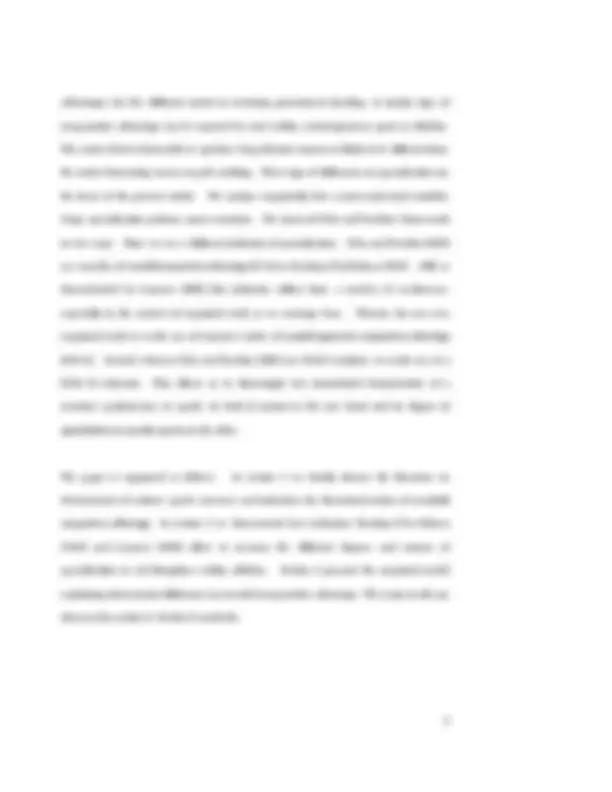
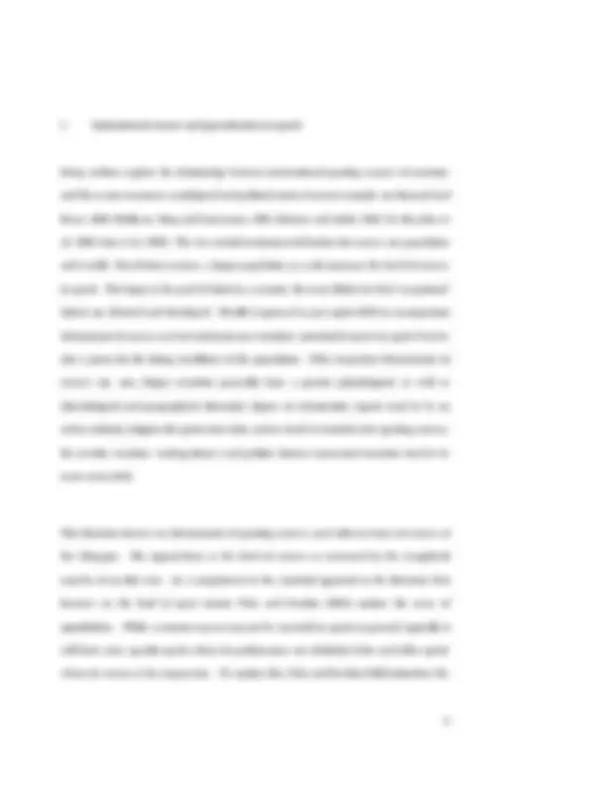
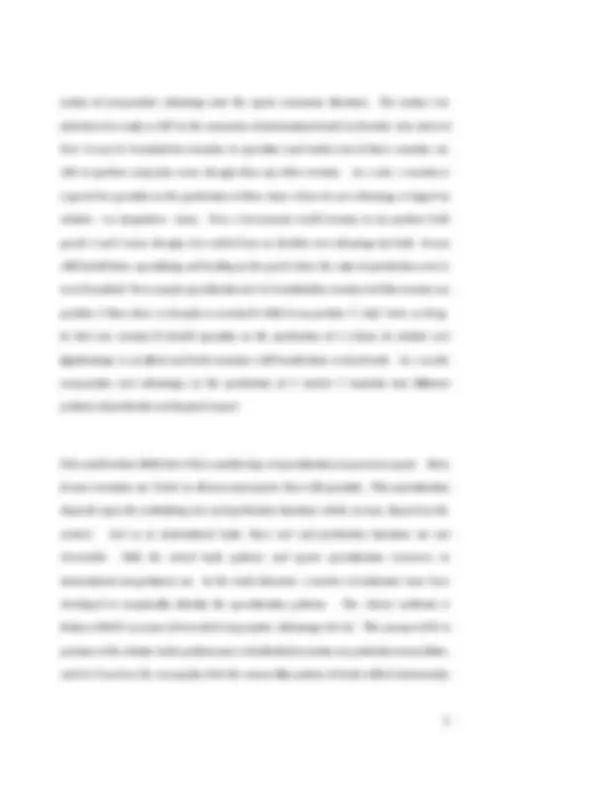
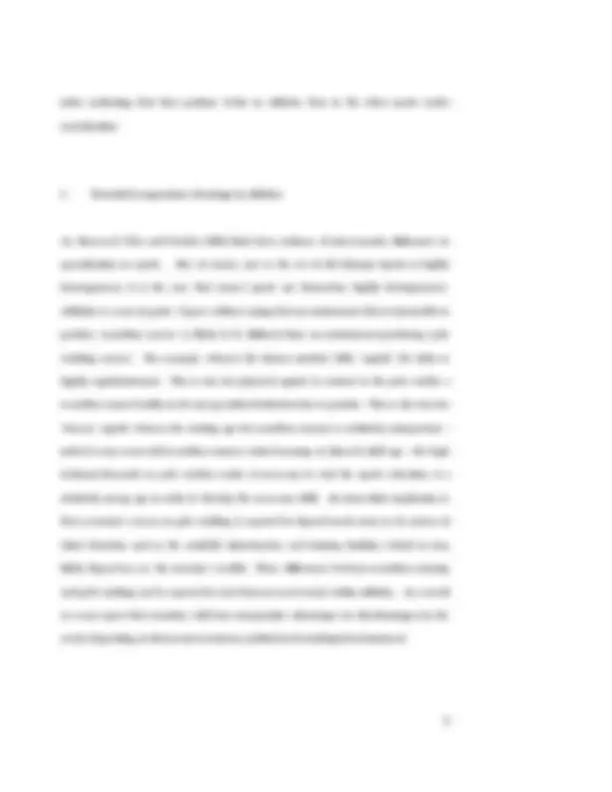
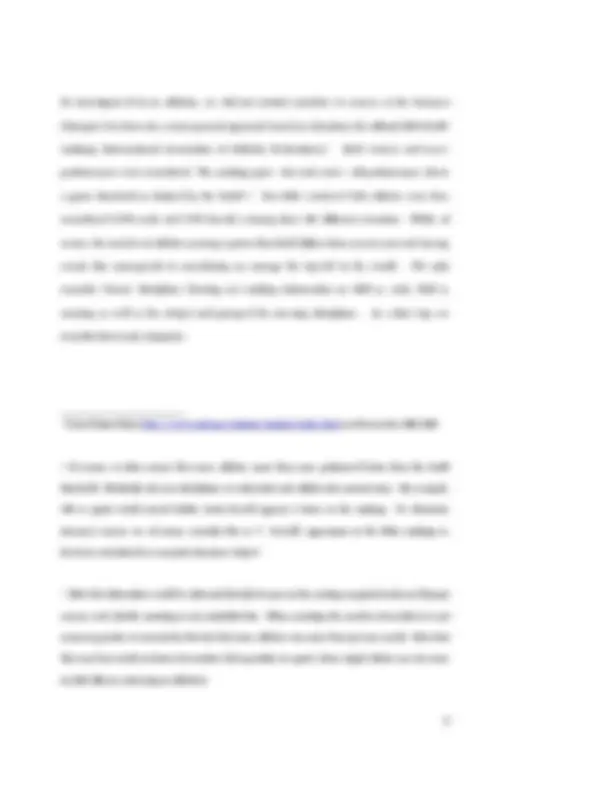
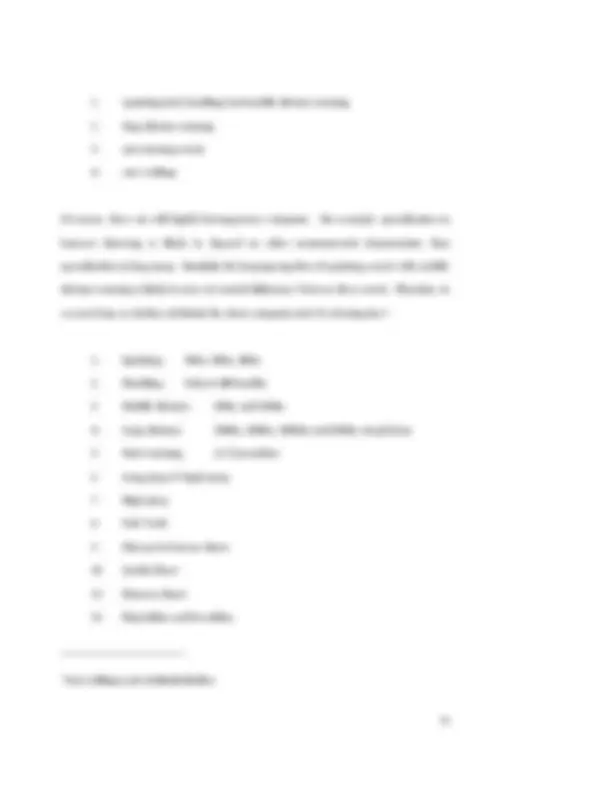
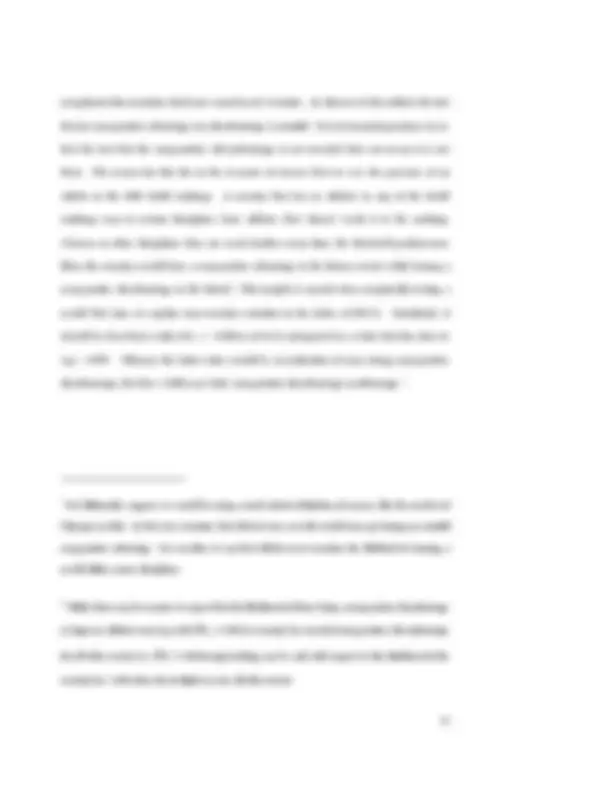
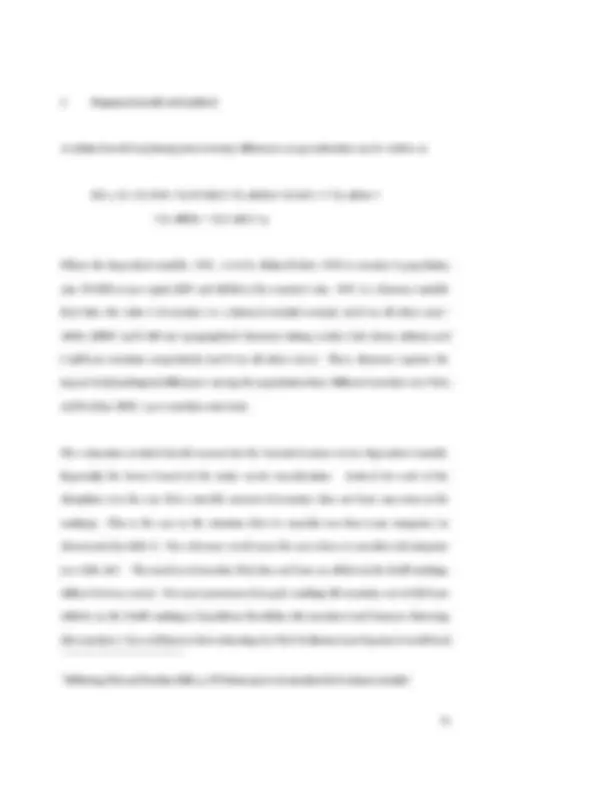
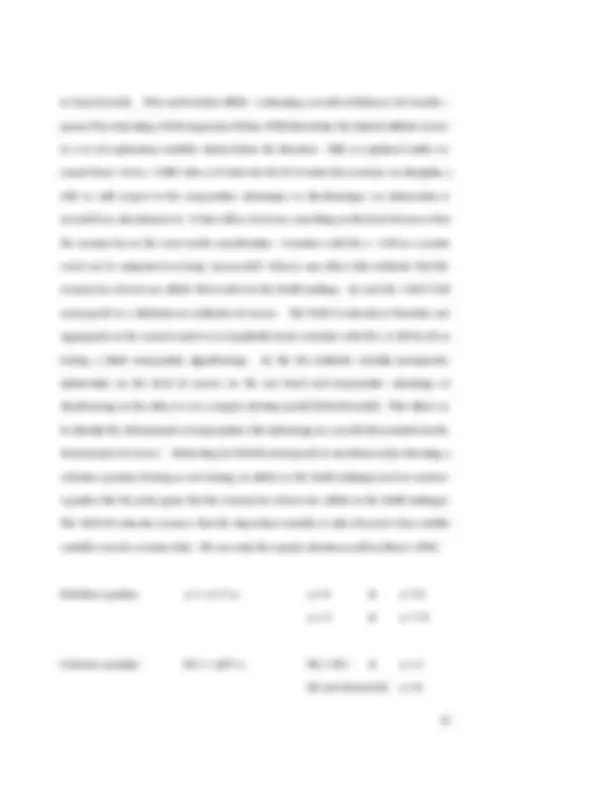
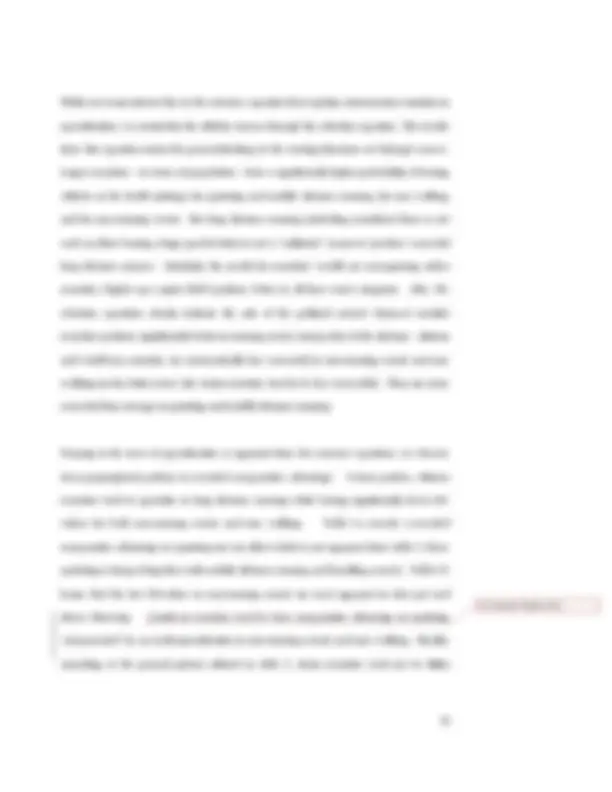
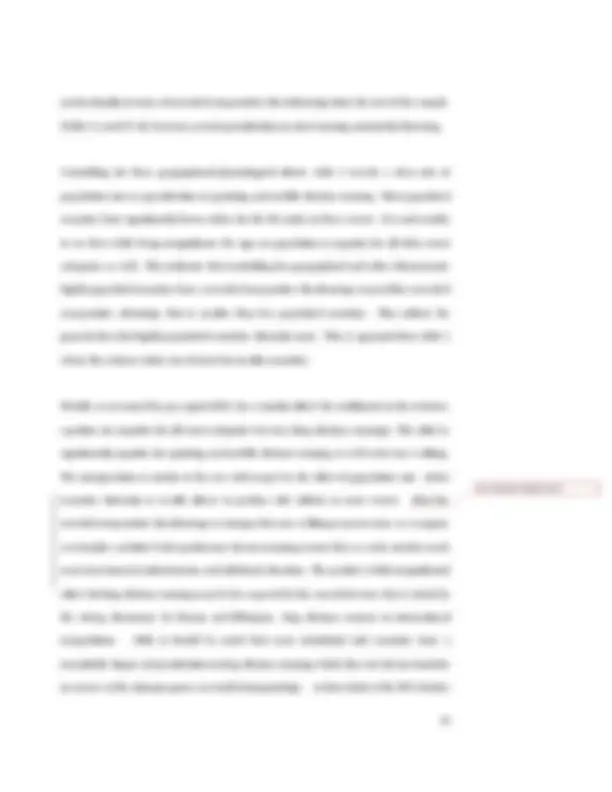
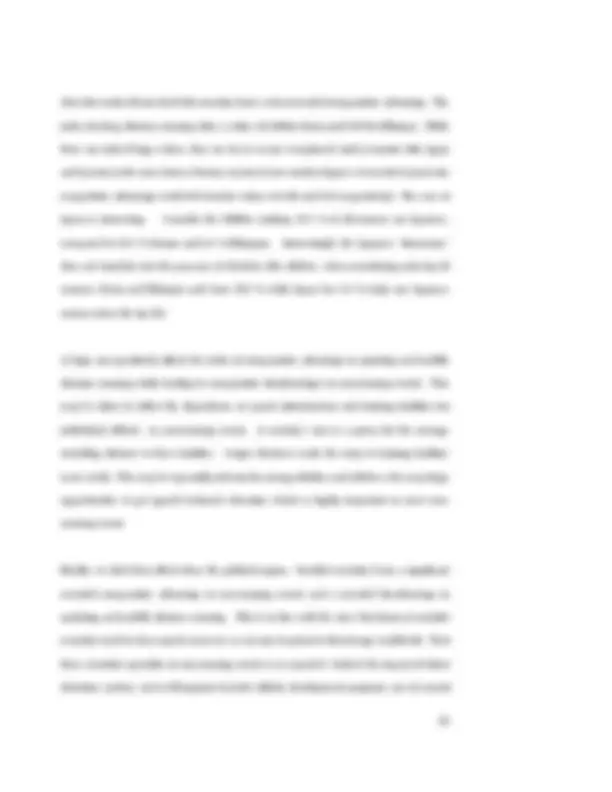
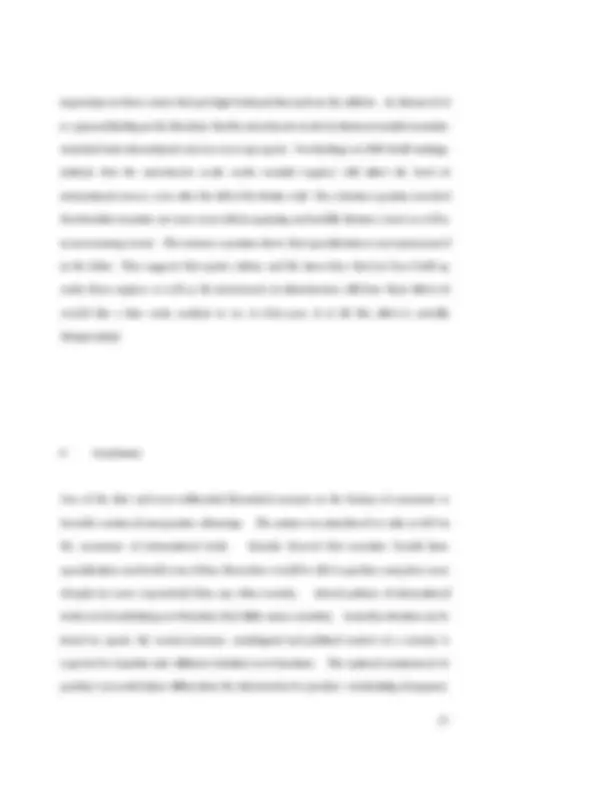
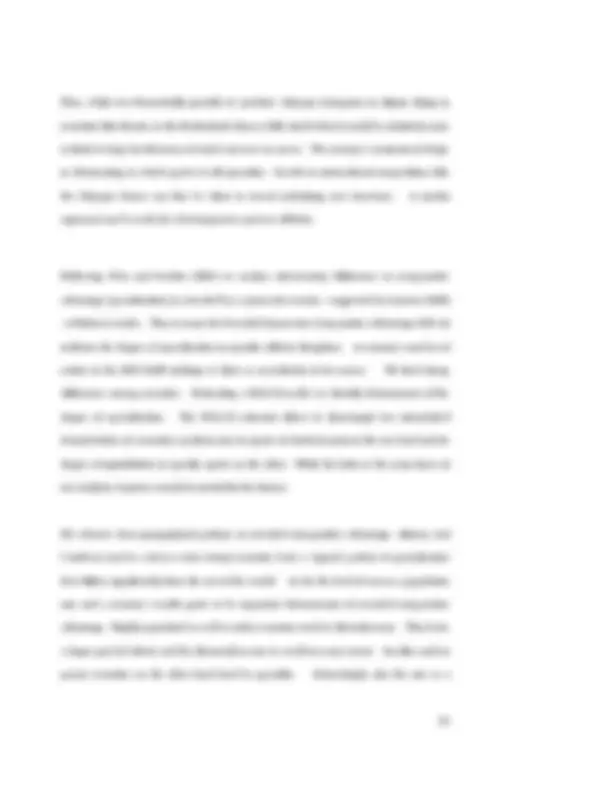
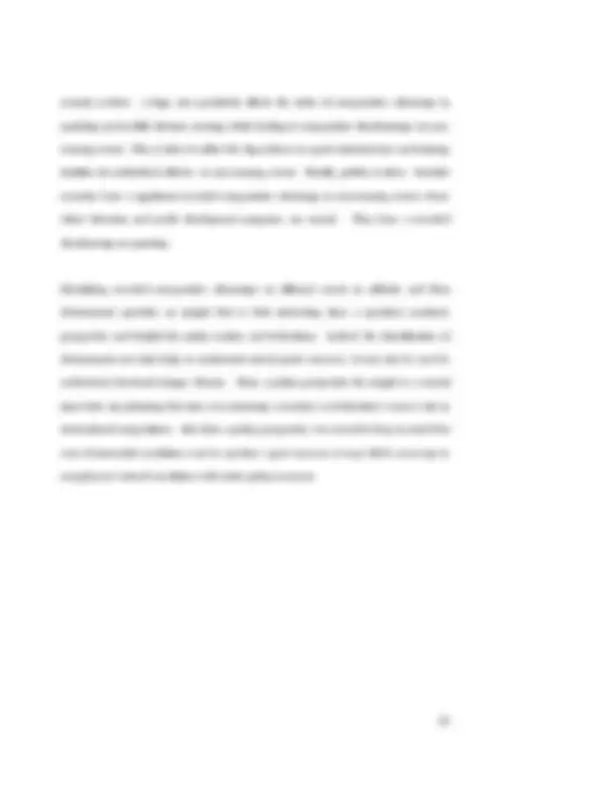
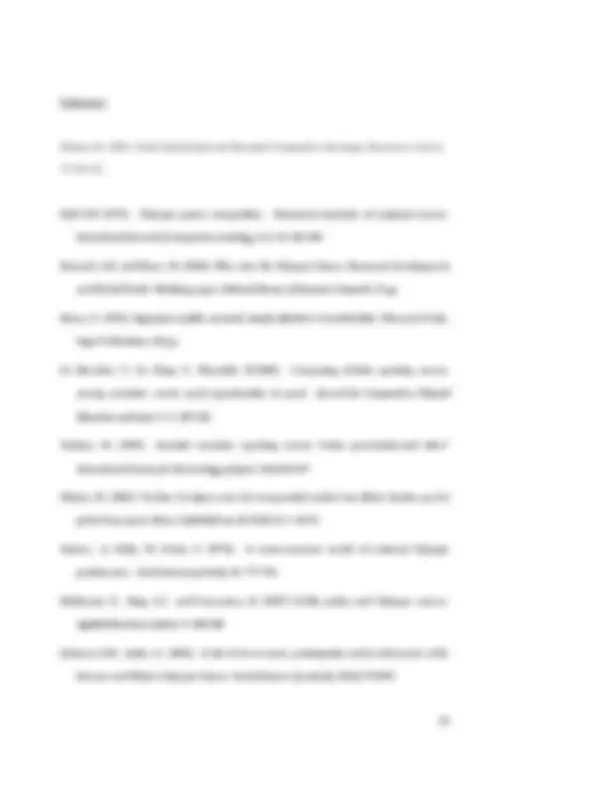
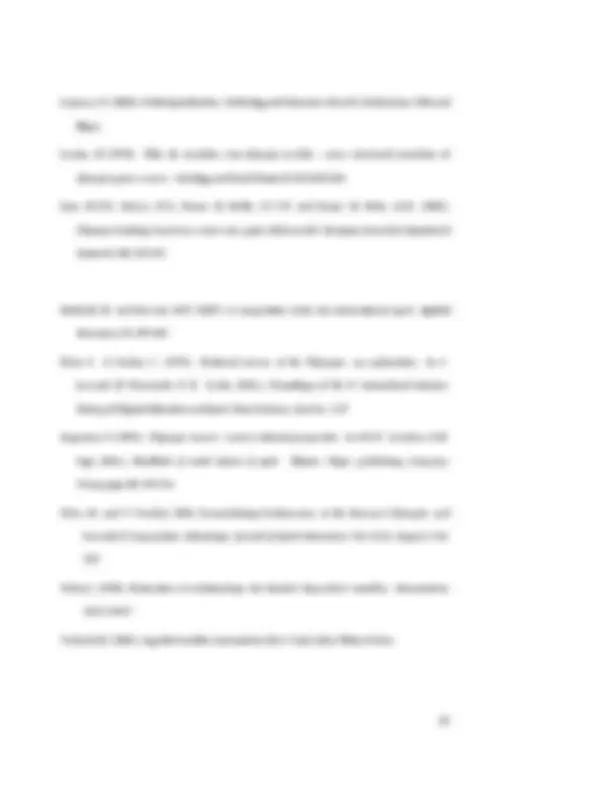

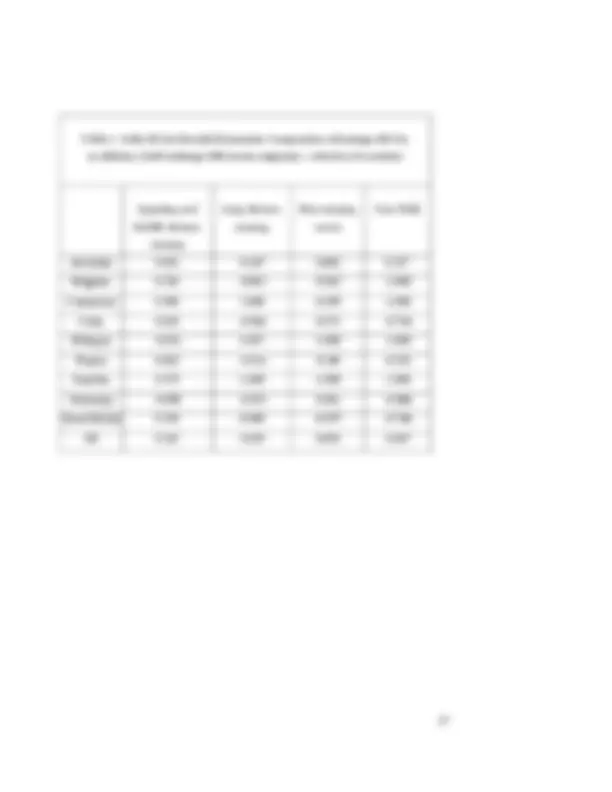
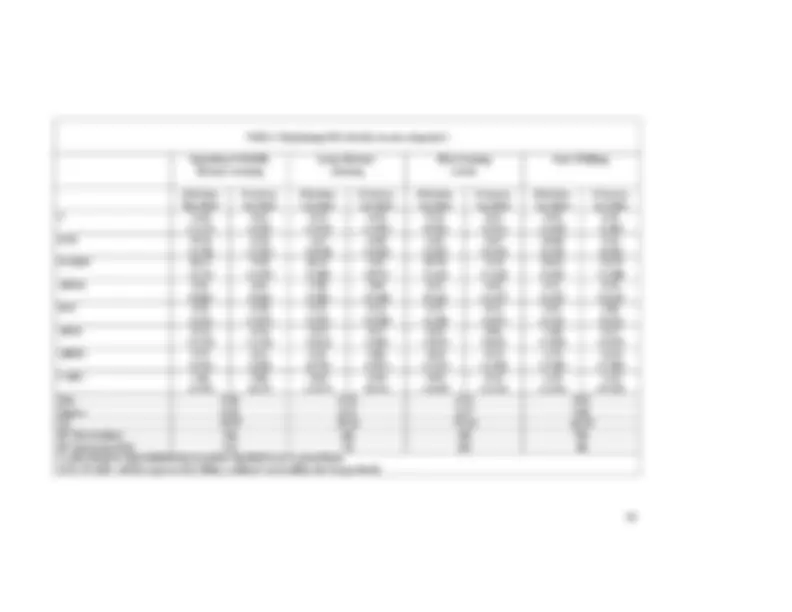
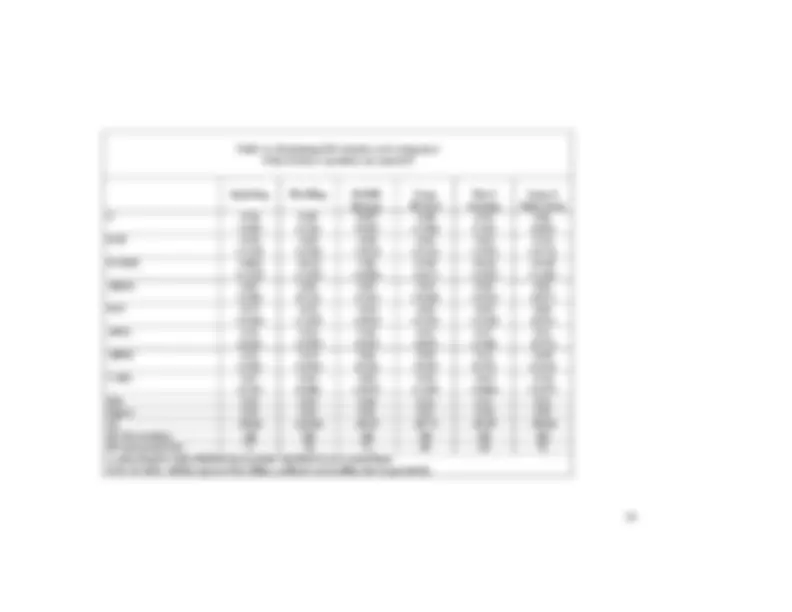
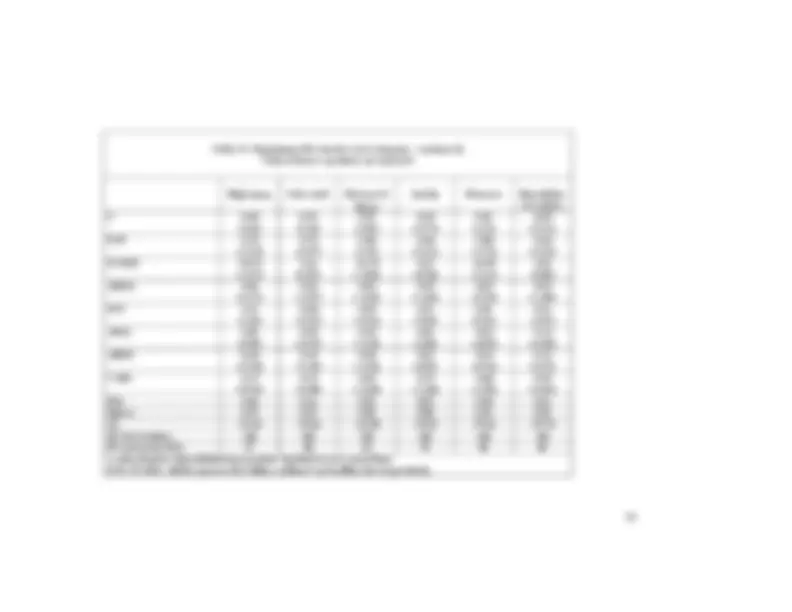
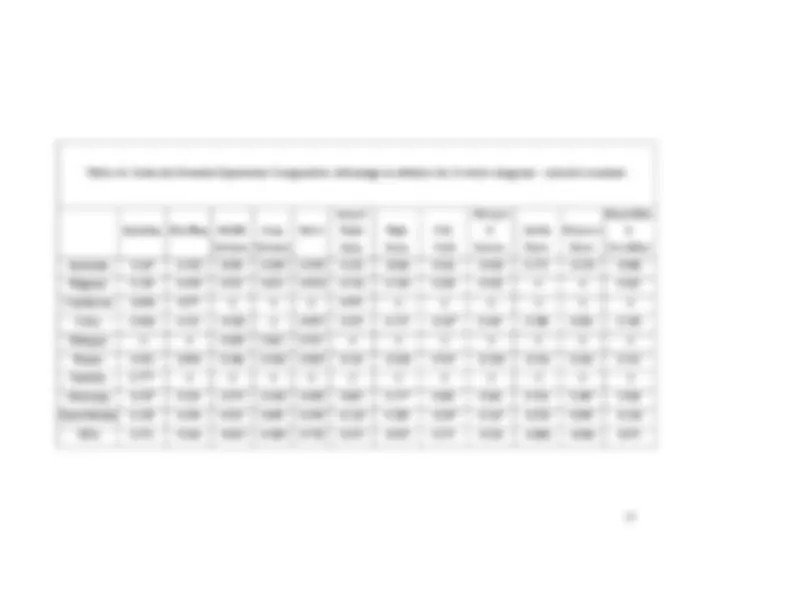


Study with the several resources on Docsity

Earn points by helping other students or get them with a premium plan


Prepare for your exams
Study with the several resources on Docsity

Earn points to download
Earn points by helping other students or get them with a premium plan
Community
Ask the community for help and clear up your study doubts
Discover the best universities in your country according to Docsity users
Free resources
Download our free guides on studying techniques, anxiety management strategies, and thesis advice from Docsity tutors
The concept of comparative advantage in athletics, drawing on the methodological similarities between sports and international trade. how countries' success and specialization in specific sports are influenced by factors such as population size, wealth, area, urbanization, religion, and politics. The authors, Tcha and Pershin, introduce the Revealed Comparative Advantage (RCA) index to identify countries' relative strengths and weaknesses in various athletic events. insights into the patterns of specialization and success across different countries and offers implications for policy makers and sports federations.
Typology: Study notes
1 / 31

This page cannot be seen from the preview
Don't miss anything!
























Introduction
The degree to which individual countries are succesful in sports differs considerably. Whereas some nations dominate (given) sports, others hardly ever come into the picture. A lot of empirical work has been published demonstrating that the macro-economic, geographical, sociological and political context plays a crucial role. These studies focus mainly on the success during Olympic Games, notably the Summer Olympics. While demonstrating that – indeed – (economic, sociological, ...) context matters for sporting success in general , they also show that these determinants have divergent impacts on specific sports. Recently, Glejser (2002) and Tcha and Pershin (2003) compare this to specialisation in international trade. Just like some countries are (relatively) better in producing exotic fruits and others have an advantage in the production of cars, the context of some countries may create comparative advantages in specific sport disciplines: ‘producing’ athletes that are succesful at the Winter Olympics is easier in Switzerland than in, say, Spain or Senegal. Specialisation in specific disciplines is a natural result.
Recognition of the methodological similarity between specialisation in international trade and in sports opens up a rich empirical toolbox for sports economists. Tcha and Pershin (2003) illustrate this convincingly. They show how nations’ macro-economic, geographical, sociological and political context affects their degree of specialisation in one or more olympic sports. Mitchell and Stewart (2007) point out the importance of these comparative
1. International success and specialisation in sports
Many authors explore the relationship between international sporting success of countries and the macro-economic, sociological and political context (recent examples are Bernard and Busse, 2000; Hoffman, Ging and Ramasamy, 2002; Johnson and Ayfer, 2002; De Bosscher et al., 2003; Lins et al., 2003). The two central environmental factors for success are population and wealth. For obvious reasons, a larger population as a rule increases the level of success in sports. The larger is the pool of talent in a country, the more likely it is that ‘exceptional’ talents are detected and developed. Wealth (expressed as per capita GDP) is an important determinant of success as it not only increases countries’ potential to invest in sports but it is also a proxy for the living conditions of the population. Other important determinants of success are: area (larger countries generally have a greater physiological, as well as climatological and geographical diversity), degree of urbanisation (sports tend to be an urban activity), religion (the protestant value system tends to translate into sporting success, the muslim countries ‘underperform’) and politics (former communist countries tend to be more successful).
This literature focuses on determinants of sporting success, most often in terms of success at the Olympics. The typical focus is the level of success as measured by the (weighted) number of medals won. As a complement to the standard approach in the literature that focusses on the level of sport success , Tcha and Pershin (2003) analyse the issue of specialisation. While a country may or may not be succesful in sports in general, typically it will have some specific sports where its performances are relatively better and other sports where its success is less impressive. To analyse this, Tcha and Pershin (2003) introduce the
notion of comparative advantage into the sports economics literature. The notion was introduced as early as 1817 in the economics of international trade by Ricardo, who showed that it may be beneficial for countries to specialise (and trade) even if those countries are able to produce every item more cheaply than any other country. As a rule, a country is expected to specialise in the production of those items where its cost advantage is largest in relative – or comparative - terms. If in a two-country world country A can produce both goods X and Y more cheaply, it is said to have an absolute cost advantage for both. It may still benefit from specialising and trading in the good where the ratio of production costs is most beneficial. For example specialisation in X is beneficial for country A if this country can produce X three times as cheaply as country B while it can produce Y ‘only’ twice as cheap. In that case country B should specialise in the production of Y (where its relative cost dis advantage is smallest) and both countries will benefit from mutual trade. As a result, comparative cost advantages in the production of X and/or Y translate into different patterns of production and import/export.
Tcha and Pershin (2003) show that a similar type of specialisation is present in sports. Even if some countries are ‘better’ in all (or many) sports, they will specialise. This specialisation depends upon the underlying cost and production functions which, in turn, depend on the context. Just as in international trade, these cost and production functions are not observable. Still, the actual trade patterns and sports specialisation (successes in international competitions) are. In the trade literature a number of indicators have been developed to empirically identify the specialisation patterns. The ‘classic’ indicator is Balassa (1965)’s measure of Revealed Comparative Advantage (RCA). “The concept of RCA pertains to the relative trade performances of individual countries in particular commodities, and it is based on the assumption that the commodity pattern of trade reflects intercountry
country i won more medals in sport j than the average country (and thus is considered to reveal a comparative advantage in that sport). Smaller values indicate that it won less medals than average (and thus reveals a comparative disadvantage, RCD).
In their empirical analysis Tcha and Pershin (2003) consider performance in 5 sports (swimming, athletics, weights, ball games, gymnastics) and a rest category. Of course, the ranking of countries in terms of RCA diverges from the ‘typical’ rankings in terms of absolute or relative (to population size) measures. For example, Tcha and Pershin (2003) observe that for the Summer Olympics from 1988 to 1996 the US is the country with the highest medal total in athletics. In terms of RCA, the US ranks 20 th. Still, when comparing the RCA values over the different sports for the US the RCA index for athletics (R (^) ij = 1.55) is higher than for any other sport. This reflects that the US has a (revealed) comparative advantage in athletics. The fact that in spite of this the country only ranks 20th^ merely illustrates that 19 countries have an even stronger RCA. In practical terms this often means that those are countries that may (or may not) be highly successful in absolute terms but that they at the same time are unsuccessful elsewhere. Examples are countries like Uganda and Zambia that won respectively 1 and 2 Olympic medals in athletics (compared to the 174 by the US) but for which these were the only medals (whereas the US totalled 632 Olympic medals).
Tcha and Pershin (2003) find clear patterns in the degrees of specialisation across countries. For example: in athletics the RCA index is significantly affected by countries’ land mass, altitude, per capita GDP and the length of their coastlines. While the first three determinants exert a positive influence on the RCA index, the length of the coastline leads to a revealed comparative disadvantage. Finally, African countries have a systematically higher RCA
index indicating that they perform better in athletics than in the other sports under consideration.
2. Revealed comparative advantage in athletics
As discussed, Tcha and Pershin (2003) find clear evidence of inter-country differences in specialisation in sports. But, of course, just as the set of all Olympic Sports is highly heterogeneous it is the case that (some) sports are themselves highly heterogeneous. Athletics is a case in point. It goes without saying that an environment that is favourable to produce ‘marathon success’ is likely to be different from an environment producing ‘pole vaulting success’. For example, whereas the former involves little ‘capital’, the latter is highly capital-intensive. This is true for physical capital: in contrast to the pole vaulter a marathon runner hardly needs any specialised infrastructure to practice. This is also true for ‘human’ capital: whereas the starting age for marathon runners is relatively unimportant – indeed, many successful marathon runners started running at (almost) adult age – the high technical demands on pole vaulters makes it necessary to start the sports education at a relatively young age in order to develop the necessary skills. An immediate implication is that a country’s success in pole vaulting is expected to depend much more on its system of talent detection and on the available infrastructure and training facilities (which in turn likely depend on a.o. the country’s wealth). These differences between marathon running and pole vaulting can be expected to exist between most events within athletics. As a result we may expect that countries will have comparative advantages (or disadvantages) in the events depending on their macro-economic, political and sociological environment.
Of course, these are still highly heterogeneous categories. For example, specialisation in hammer throwing is likely to depend on other environmental characteristics than specialisation in long jump. Similarly the lumping together of sprinting events with middle distance running is likely to miss out crucial differences between these events. Therefore, in a second step we further subdivide the above categories into 12 subcategories: 4
(^4) Race walking is not subdivided further.
While Balassa’s indicator captures the notion of comparative advantage, Laursen (2000) demonstrates that if the index is to be used for econometric analysis, it should be replaced by a symmetric version of it. Indeed, as can be seen from expression (1) the R (^) ij index for RCA ranges from zero to one if a country is not specialised while it ranges from 1 to infinity in case of specialisation. The index is thus clearly asymmetric. The higher values unavoidably bias empirical estimates in a model trying to explain degrees of specialisation. Therefore, Laursen (2000) suggests transforming Balassa’s indicator to an index of Revealed Symmetric Comparative Advantage (RSCA). This indicator is defined as:
R (^) ij - 1 RSij = (2) R (^) ij+ 1
The RSij index ranges between –1 and +1. Positive numbers indicate specialisation. Negative numbers indicate that a country i is not specialised in discipline j. The special ‘status’ of – observations should be noted. This value is obtained if Balassa’s indicator R (^) ij=0, that is if a country has not a single entry in the corresponding IAAF-ranking. This means that the comparative advantage or disdavantage is not revealed. The estimation technique in a model explaining cross-country differences in revealed comparative advantage should explicitly account for this. We return to this issue further in the text.
Table 1 gives the values for a selection of countries and for the main event categories as defined earlier. Table A1 in appendix gives similar information for the more detailed set of athletic events.
complicated for countries that have a number of -1-entries. As discussed, this reflects the fact that no comparative advantage nor disadvantage is revealed. It is of crucial importance to see that the fact that the comparative (dis-)advantage is not revealed does not mean it is not there. The reason for this lies in the measure of success that we use: the presence of an athlete in the 2005 IAAF rankings. A country that has no athletes in any of the IAAF rankings may in certain disciplines have athletes that ‘almost’ made it to the rankings whereas in other disciplines they are much further away from the threshold performance [then the country would have a comparative advantage in the former events while having a comparative disadvantage in the latter]. 5 This insight is crucial when empirically testing a model that aims to explain cross-country variation in the index of RSCA. Intuïtively, it should be clear that a value RSij = -1.000 is not to be interpreted as a value that lies close to say, - 0.999. Whereas the latter value would be an indication of very strong comparative disadvantage, the RS (^) ij= -1.000 may ‘hide’ comparative disadvantage or ad vantage. 6
(^5) Put differently, suppose we would be using a much stricter definition of success, like the number of
Olympic medals. In that case countries that did not win a medal would turn up having no revealed comparative advantage. It is needless to say that still for most countries the likelihood of winning a medal differs across disciplines.
(^6) While there may be reasons to expect that the likelihood of there being a comparative disadvantage
country has –1.00 values for multiple or even all other events.
3. Empirical model and method
A stylized model explaining inter-country differences in specialisation can be written as:
RS*ij = β 0 + β 1 .POP (^) i + β 2 .PCGDP (^) i + β 3 .AREA (^) i + β 4 .SOCi + + β 4 .ASIA (^) i +
Where the dependent variable - RS* (^) ij – is to be defined below. POPi is country i 's population size, PCGDP (^) i is per capita GDP and AREA is the country’s size. SOC (^) i is a dummy variable that takes the value 1 if country i is a (former) socialist country and 0 in all other cases.^7 ASIA, AFRIC and CARI are ‘geographical’ dummies taking a value 1 for Asian, African and Caribbean countries respectively (and 0 in all other cases). These dummies capture the impact of physiological differences among the population from different countries (see Tcha and Pershin, 2003). μ (^) i is a random error term.
The estimation method should account for the bounded nature of our dependent variable. Especially the lower bound of the index needs consideration. Indeed, for each of the disciplines it is the case that a sizeable amount of countries does not have any entry in the rankings. This is the case in the situation that we consider our four main categories (as documented in table 1). It is, of course, much more the case when we consider subcategories (see table A1). The number of countries that does not have an athlete in the IAAF rankings differs between events. It is most pronounced in pole vaulting (48 countries out of 141 have athletes in the IAAF rankings), heptathon/decathlon (46 countries) and hammer throwing (46 countries). It is well known that estimating by OLS (Ordinary Least Squares) would lead
(^7) Following Tcha and Pershin (2003, p. 237) Germany is not considered to be former socialist.
The selection equation can be thought of as estimating the ‘real’ or latent success zi * of country i. The variable z* is, of course, not actually observed. We do observe, however, z (^) i , i.e. the fact that country i has at least one athlete in the rankings (when z (^) ij * > 0). The outcome equation estimates the country’s RS ij *. This corresponds with actual level of RS ij for those countries that had at least one athlete in the rankings ( z (^) i = 1). It is unobserved (latent) in the other countries. When estimating the Tobit II model we will assume the determinants that were identified earlier to be valid both for the selection equation and the outcome equation. In practical terms, determinants of both success and comparative advantage can be the same. Still, crucially, the effects may diverge. Consider for example population size. This has been identified as probably the most important determinant of success: countries with larger populations typically have more (Olympic) success, if only because they have a larger pool of talent. Thus we expect a positive relationship between population size and success. The effect from population on RSij is (by definition) less clearcut. While it is possible that larger countries specialise in some sports (say team sports, see Glejser, 2002), the very notion of specialisation and comparative advantage in sport j implies that the country has comparative disadavantage in at least one other sport. So, the predicted empirical relation between population and RS (^) ij will be positive for some sports/events while being negative for other. Moreover, to the extent that there is a tendency for larger countries to diversify more, specialization as measured through RSij will – in general - tend to be lower and a negative impact from population size will be observed.
4. Empirical results
Tables 2 and 3 summarise our main results. In table 2 we consider the four main categories of events. Tables 3.a and 3.b give the results for the further disaggregated data. In table 2, for each of the (four) event categories a selection and outcome equation are presented. Because of space constraints, tables 3.a and 3.b only report the results for the outcome equations. Before discussing the results in detail, two general conclusions can be drawn from the tables. First, we find clear effects from economic, demographic and political variables on both athletic success and specialisation. Second, determinants of succes (selection equation) and specialisation (outcome equation) sometimes coincide, but this is certainly not true in all cases as will be discussed further. This in itself is a additional argument in favour of using a Tobit II estimator.
Table 2 here
Table 3.a here
Table 3.b here
systematically in terms of revealed comparative (dis-)advantage from the rest of the sample. Tables 3.a and 3.b do, however, reveal specialisation in street running and javelin throwing.
Controlling for these geographical/physiological effects, table 2 reveals a clear role of population size on specialisation in sprinting and middle distance running. More populated countries have significantly lower values for the RSij index in these events. It is noteworthy to see that, while being insignificant, the sign on population is negative for all other event categories as well. This indicates that controlling for geographical and other determinants highly populated countries have a revealed comparative disadvantage or possibly a revealed comparative advantage that is smaller than less populated countries. This reflects the general idea that highly populated countries diversify more. This is apparant from table 1 where the extreme values are observed in smaller countries.
Wealth, as measured by per capita GDP, has a similar effect: the coefficients in the outcome equation are negative for all event categories but one (long distance running). The effect is significantly negative for sprinting and middle distance running as well as for race walking. The interpretation is similar to the one with respect to the effect of population size: richer countries diversify as wealth allows to produce elite athletes in more events. That the revealed comparative disadvantage is strongest for race walking may not come as a surprise as it implies a relative better perfomance for non-running events that, as a rule, involve much more investment in infrastracture and athletical education. The positive (while insignificant) effect for long distance running may be less expected to the casual observer who is struck by the strong dominance by Kenian and Ethiopian long distance runners in international competitions. Still, it should be noted that some (relatively) rich countries have a remarkable degree of specialisation in long distance running which does not always translate in success at the olympic games or world championships. A closer look at the RSCA-index
Formatted: English (U.K.)
data does indeed learn that both countries have a clear revealed comparative advantage. The index for long distance running takes a value of 0.44 for Kenia and 0.47 for Ethiopia. While these are indeed large values, they are by no means exceptional: (rich) countries like Japan and Quatar (with some former Kenian runners) have similar degrees of revealed symmetric competitive advantage (with RSCA-index values of 0.40 and 0.36 respectively). The case of Japan is interesting. Consider the 10000m ranking: 35.1 % of all runners are Japanese, compared to 20.2 % Kenian and 6.0 % Ethiopian. Interestingly, the Japanese ‘dominance’ does not translate into the presence of absolute elite athletes: when considering only top- runners, Kenia and Ethiopia each have 25.0 % while Japan has 2.5 % (only one Japanese runner enters the top 20).
A large area positively affects the index of comparative advantage in sprinting and middle distance running while leading to comparative disadvantages in non-running events. This may be taken to reflect the dependence on sports infrastructure and training facilities for individual athletes in non-running events. A country’s area is a proxy for the average travelling distance to these facilities. Larger distances make the entry to training facilities more costly. This may be especially relevant for young children and athletes who may forgo opportunities to get (good) technical education which is highly important in most non- running events.
Finally, we find clear effects from the political regime. Socialist countries have a significant revealed comparative advantage in non-running events and a revealed disadvantage in sprinting and middle distance running. This is in line with the view that (former) socialist countries tend to stress sports successes as a means to promote their image worldwide. That these countries specialise in non-running events is as expected. Indeed, the impact of talent detection systems and well-organised youth athletic development programs are of crucial